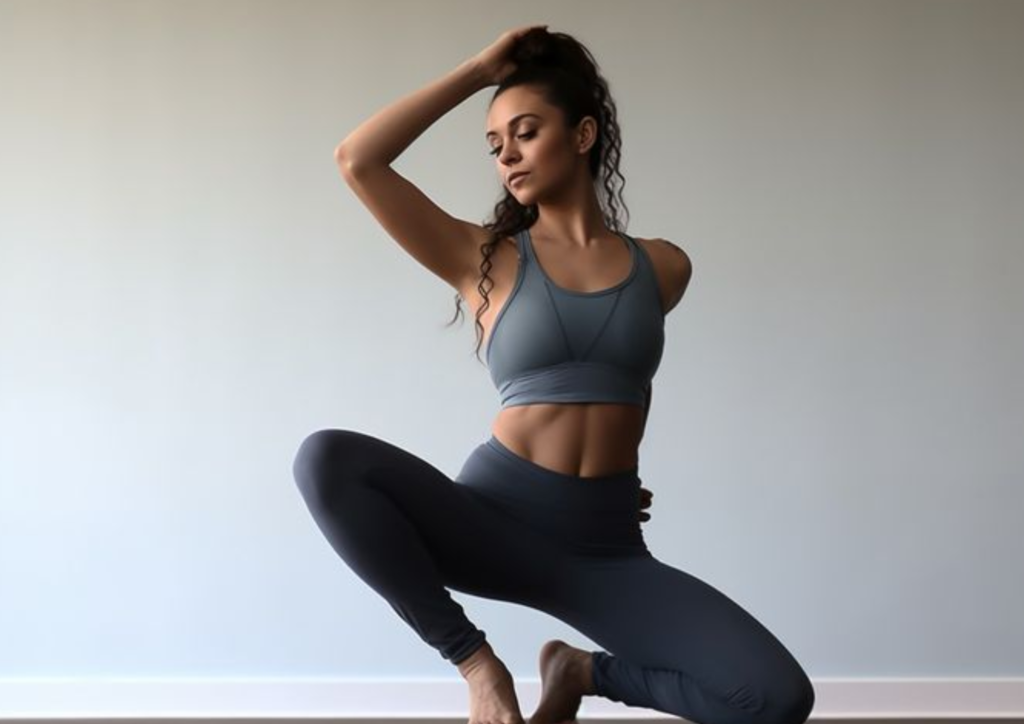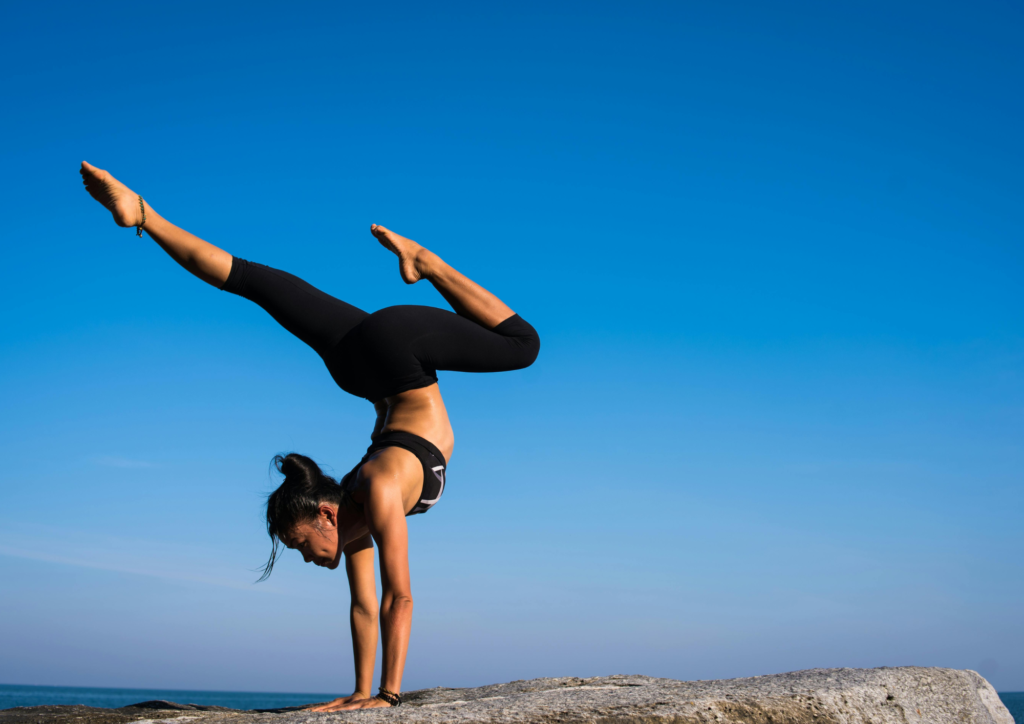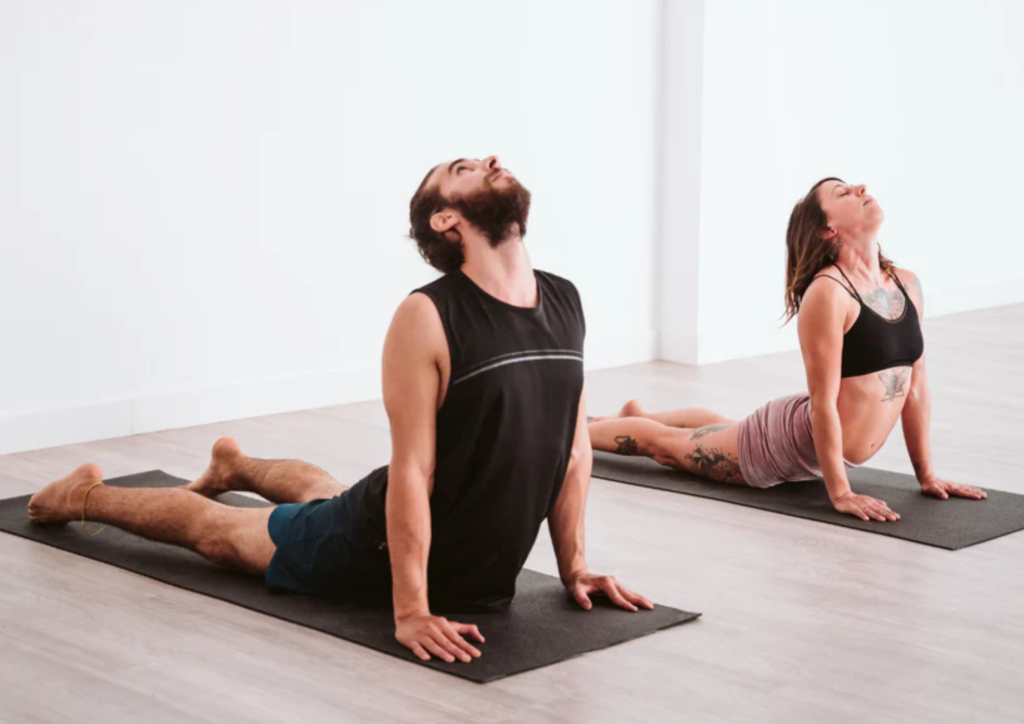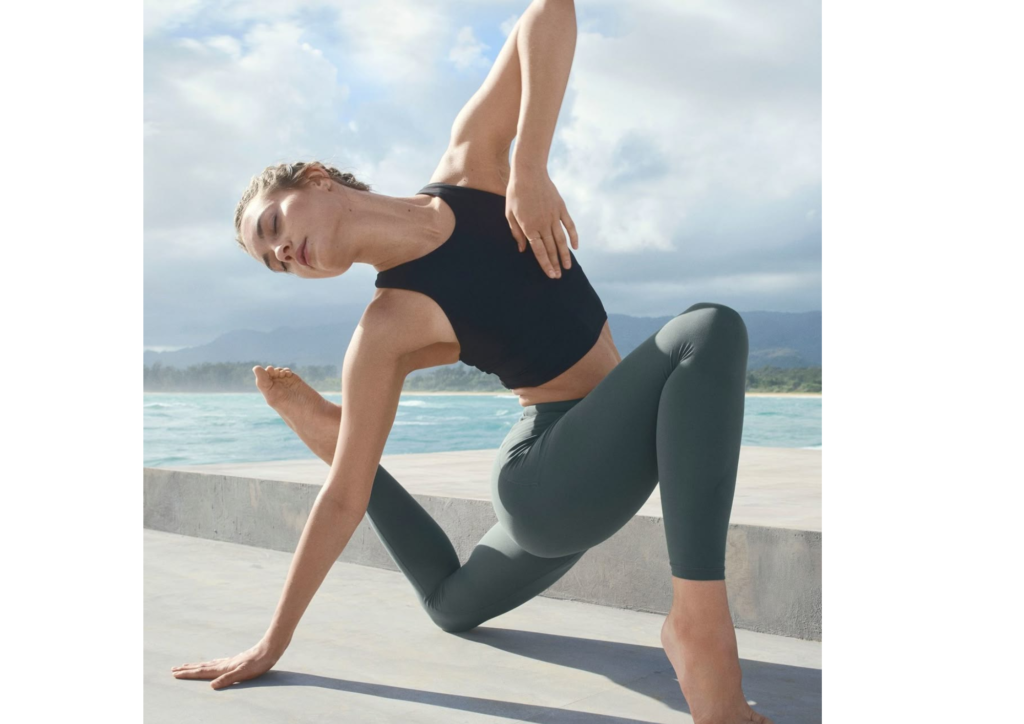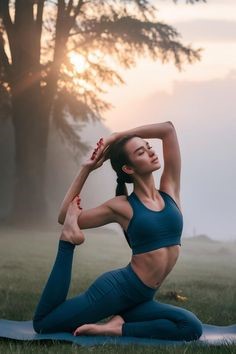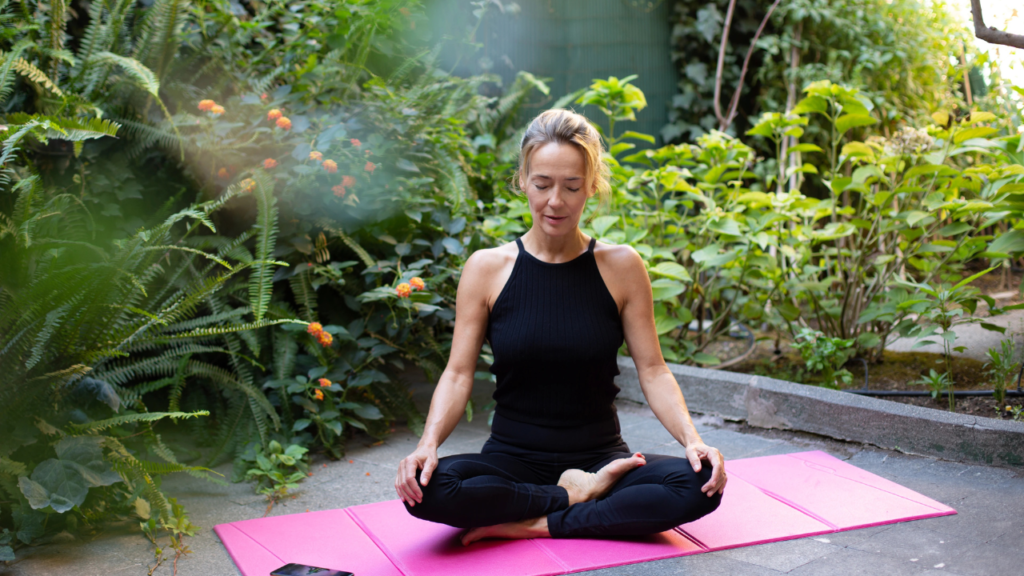Unlocking Wellness: The Incredible Benefits of Yoga
In a world filled with constant distractions and fast-paced living, the ancient practice of yoga has emerged as a sanctuary for those seeking balance, peace, and overall well-being. Rooted in more than 5,000 years of history, yoga combines physical postures, breathing techniques, and meditation to foster a harmonious connection between body, mind, and spirit. Whether you’re a beginner or a seasoned practitioner, the benefits of yoga can significantly enhance your life. Let’s delve into the remarkable advantages that yoga offers to individuals of all ages and backgrounds. 1. Enhanced Flexibility and Strength One of the most immediate benefits of practicing yoga is increased flexibility. Many of the poses encourage deep stretching, helping to improve your range of motion and reduce stiffness. Over time, regular practice can lead to improved flexibility in the hips, shoulders, and spine. In addition to flexibility, yoga builds strength. Postures such as Downward Dog and Warrior II require the engagement of various muscle groups, leading to increased overall muscle tone. Stronger muscles support your joints, reduce the risk of injury, and contribute to better posture. 2. Stress Relief and Mental Clarity Yoga is renowned for its ability to alleviate stress and promote relaxation. Through focused breathing techniques and mindfulness, practitioners can quiet their minds, reduce anxiety, and cultivate a sense of inner peace. The meditative aspect of yoga encourages self-awareness and mental clarity. As you practice, you learn to observe your thoughts without judgment, leading to enhanced emotional resilience and the ability to cope with everyday challenges more effectively. 3. Improved Balance and Coordination Many yoga poses focus on balance, which can enhance overall stability and coordination. Practicing standing postures, like Tree Pose or Eagle Pose, challenges your balance and strengthens the muscles that support stability. This improved balance is particularly beneficial for older adults, as it can help prevent falls and enhance mobility. Incorporating yoga into your routine can lead to greater confidence in your physical abilities. 4. Better Posture and Spinal Health In today’s digital age, poor posture has become a common issue, often leading to back pain and discomfort. Yoga promotes awareness of body alignment and encourages proper posture. Many poses strengthen the muscles that support the spine, contributing to better alignment. As you develop core strength through yoga, you may notice a decrease in tension and discomfort in the back and neck, leading to an overall sense of well-being. 5. Enhanced Respiratory Function Breath is a central focus in yoga, and practicing breathing techniques (pranayama) can significantly enhance lung capacity and overall respiratory function. Deep, controlled breathing encourages oxygen flow throughout the body, improving energy levels and promoting relaxation. This focus on breath not only aids physical performance but also fosters a sense of calm and clarity, making it easier to manage stress and anxiety. 6. Emotional Healing and Self-Discovery Yoga is not just a physical practice; it’s a journey of self-discovery. As you engage in yoga, you become more attuned to your body, emotions, and thoughts. This heightened self-awareness can lead to emotional healing and personal growth. Many practitioners report experiencing greater self-acceptance and compassion as a result of their yoga practice. By cultivating mindfulness, you can learn to respond to challenges with grace and ease, enhancing your overall quality of life. 7. Community and Connection Yoga often fosters a sense of community and connection. Joining a yoga class or studio allows you to meet like-minded individuals, creating opportunities for friendships and social support. Being part of a yoga community can enhance your motivation to practice regularly and provide a sense of belonging, further enriching your yoga experience. Embrace the Journey of Yoga The benefits of yoga extend far beyond the physical realm. By embracing this holistic practice, you can unlock a healthier, more balanced lifestyle. From increased flexibility and strength to enhanced mental clarity and emotional healing, yoga offers transformative benefits that can improve your overall well-being. As you embark on or continue your yoga journey, remember that the practice is about progress, not perfection. With each session, you move closer to unlocking your full potential, both on and off the mat. So roll out your mat, take a deep breath, and begin reaping the incredible rewards of yoga today!
Unlocking Wellness: The Incredible Benefits of Yoga Read More »

